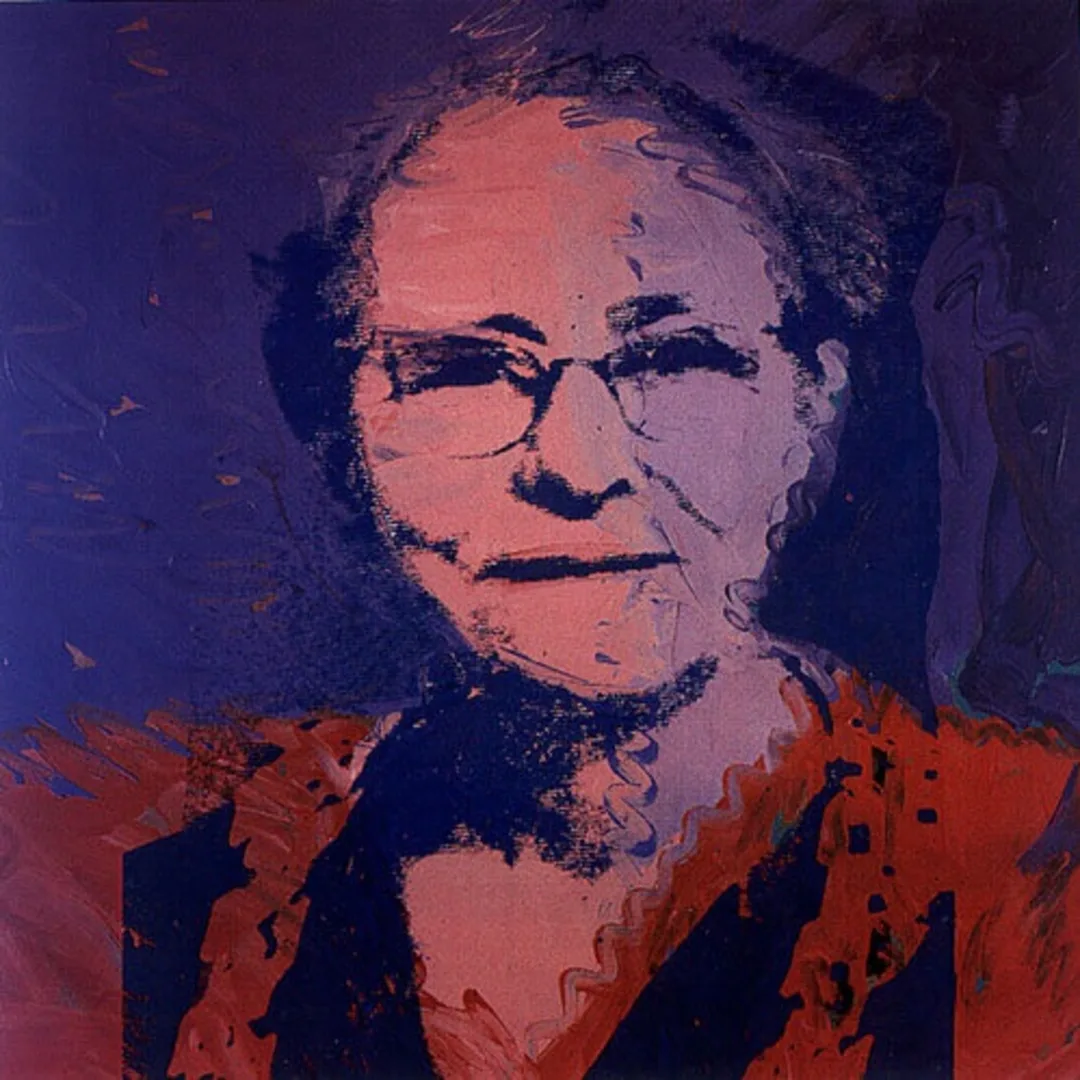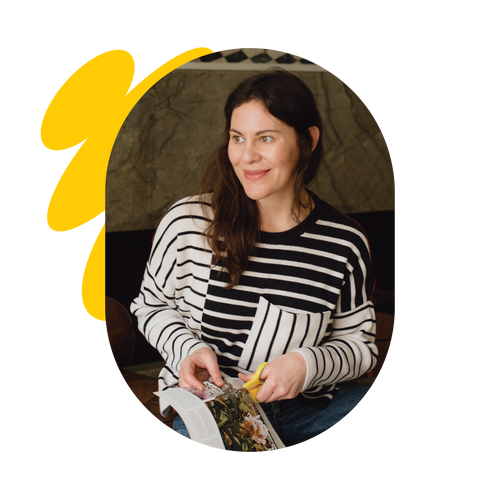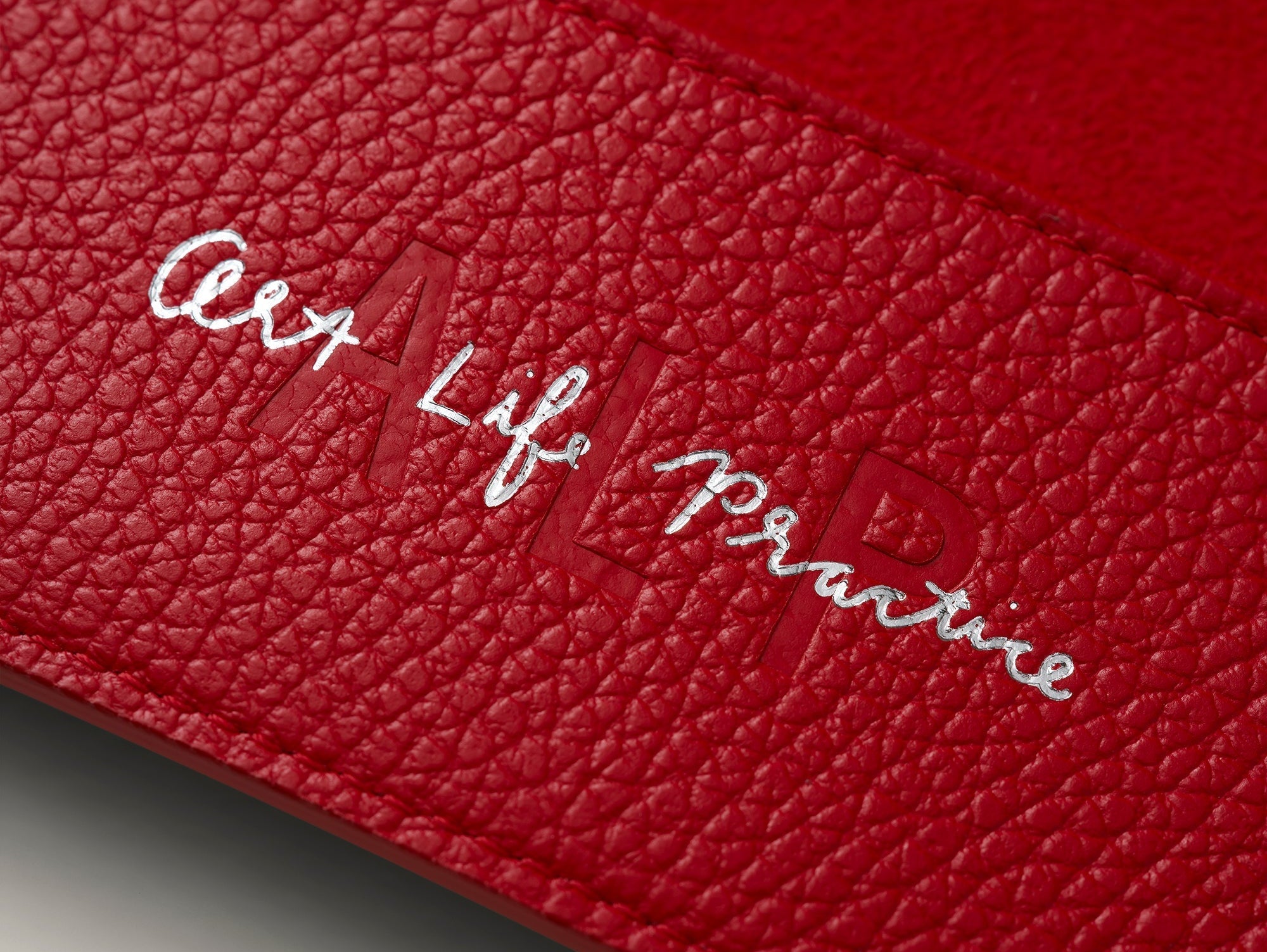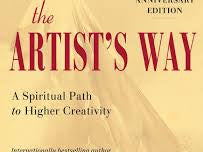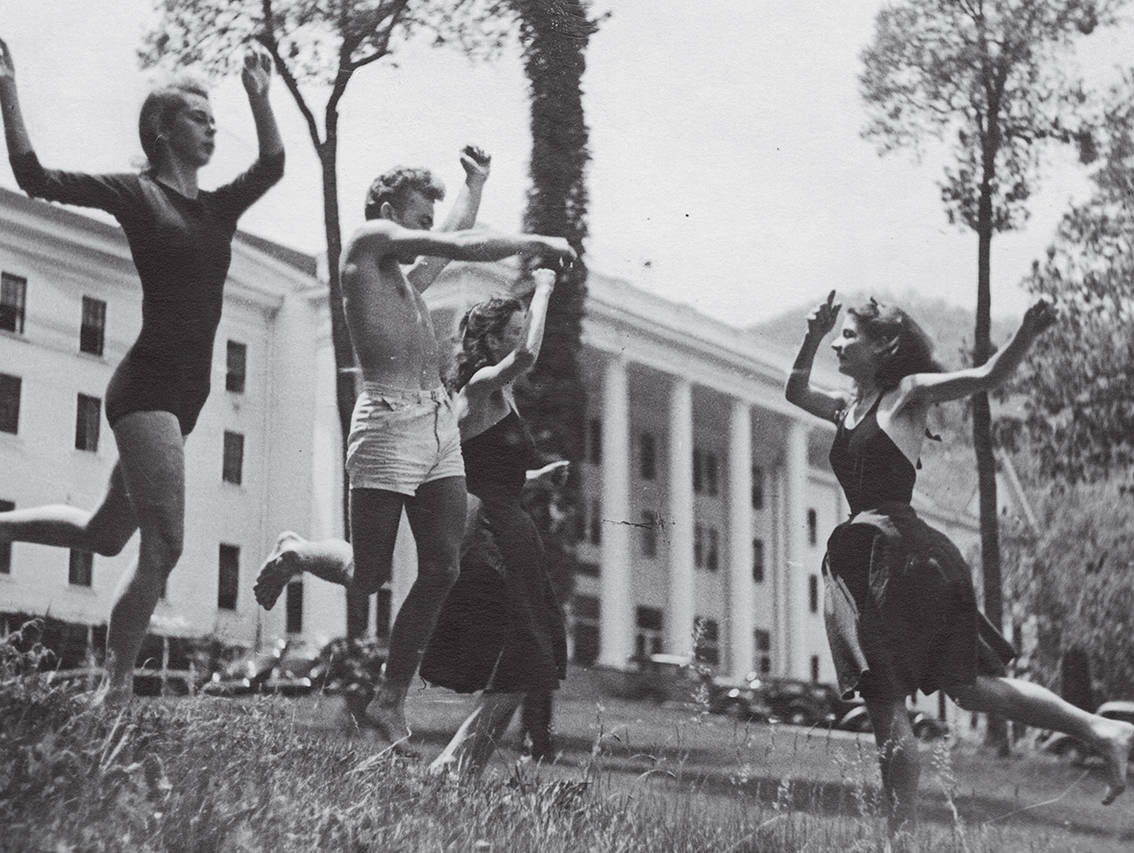In honor of Mother’s Day, we’re highlighting five uniquely powerful portrayals of mothers in contemporary art. 
Awol Erizku, Beyoncé, 2017
This photograph of the Mother of All Mothers, Beyonce, was taken in 2017 by LA-based photographer Awol Erizku when she announced to the world that she was pregnant with twins. Here Erizku portrays Beyonce in a reverential pose and setting, reminiscent of Renaissance depictions of the Virgin Mary. Fun fact: this was the most liked photo on Instagram in 2017.

Njideka Akunyili Crosby, Still You Bloom in This Land of No Gardens, 2021
This self portrait of artist Njideka Akulini Crosby with her son is imbued with a sense of love and tranquility. Using her signature photographic transfer process, Crosby captures herself and her one-year-old son in a verdant setting, likely her home.

Catherine Opie, Self-Portrait/Nursing, 2004
Self-Portrait/Nursing is a compelling photograph by Catherine Opie, known for her powerful and intimate explorations of identity and community. In this piece, Opie presents herself in a dual role: as both the subject of the portrait and as a nurturing figure. The image captures Opie breastfeeding her son, symbolizing the intersection of maternal care and personal identity.
Opie's self-portrait challenges conventional notions of motherhood and femininity by portraying breastfeeding as a natural and beautiful act. Through the intimate composition and direct gaze of the subject, Opie invites viewers to contemplate the complexities of female experience and the bonds of love and nurture.

David Hockney, My Mother Bolton Abbey, Yorkshire, Nov. 82, 1982
This photo collage by the iconic British artist David Hockney captures an intimate moment with his mother at Bolton Abbey, a historic site in Yorkshire known for its picturesque ruins and natural beauty. Hockney's mother was a meaningful source of inspiration for the artist, and he portrayed her numerous times in different media throughout his career. Here she is depicted amidst the landscape, perhaps engaged in conversation or contemplation, while the surrounding scenery of rolling hills, trees, and the ruins of the abbey provide a serene backdrop. This particular work is a prime example of his process of photo-collaging, where he would assemble cutouts of the same image, creating distorted and disjunct imagery.

Andy Warhol, Julia Warhola, 1974
Widely recognized as one of the most influential artists of the 20th century, Andy Warhol is known for shaping the Pop Art movement with his iconic silkscreen portraits of celebrities and mass produced consumer goods (i.e. Campbell’s Soup cans). This portrait of his mother, Julia Warhola, was created in 1974 two years after she died, and unlike most of his other works which were created through the silkscreen process, this portrait was painted by Warhol himself. What sets this portrait apart is not just its visual style but also its emotional resonance.
Warhols portrayal of his mother goes beyond mere representation; it reflects a deep sense of affection and admiration. By immortalizing his mother in his art, Warhol pays tribute to her role in his life and career, acknowledging her influence and support. Further, the portrait humanizes the artist, who was infamously deliberately enigmatic, and reveals a deeply personal aspect of his life amidst the spectacle of his career.

